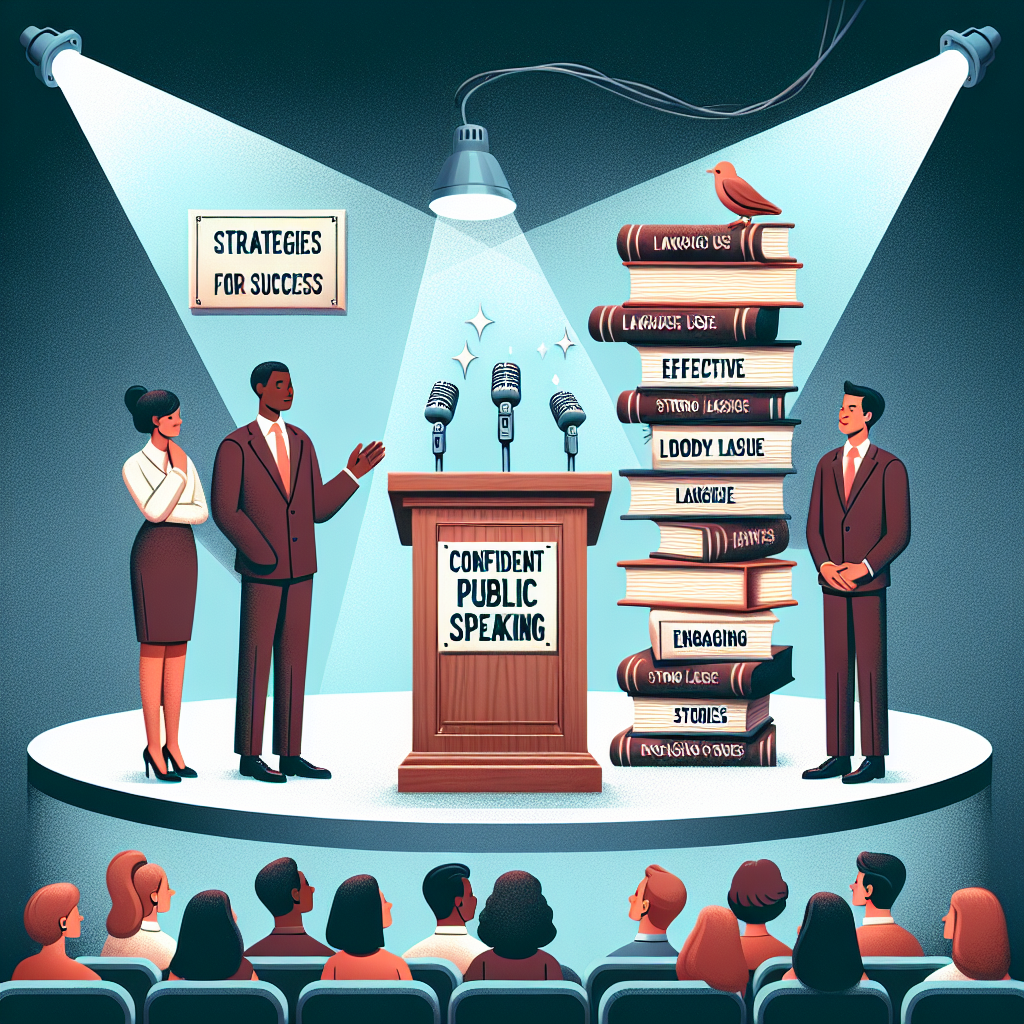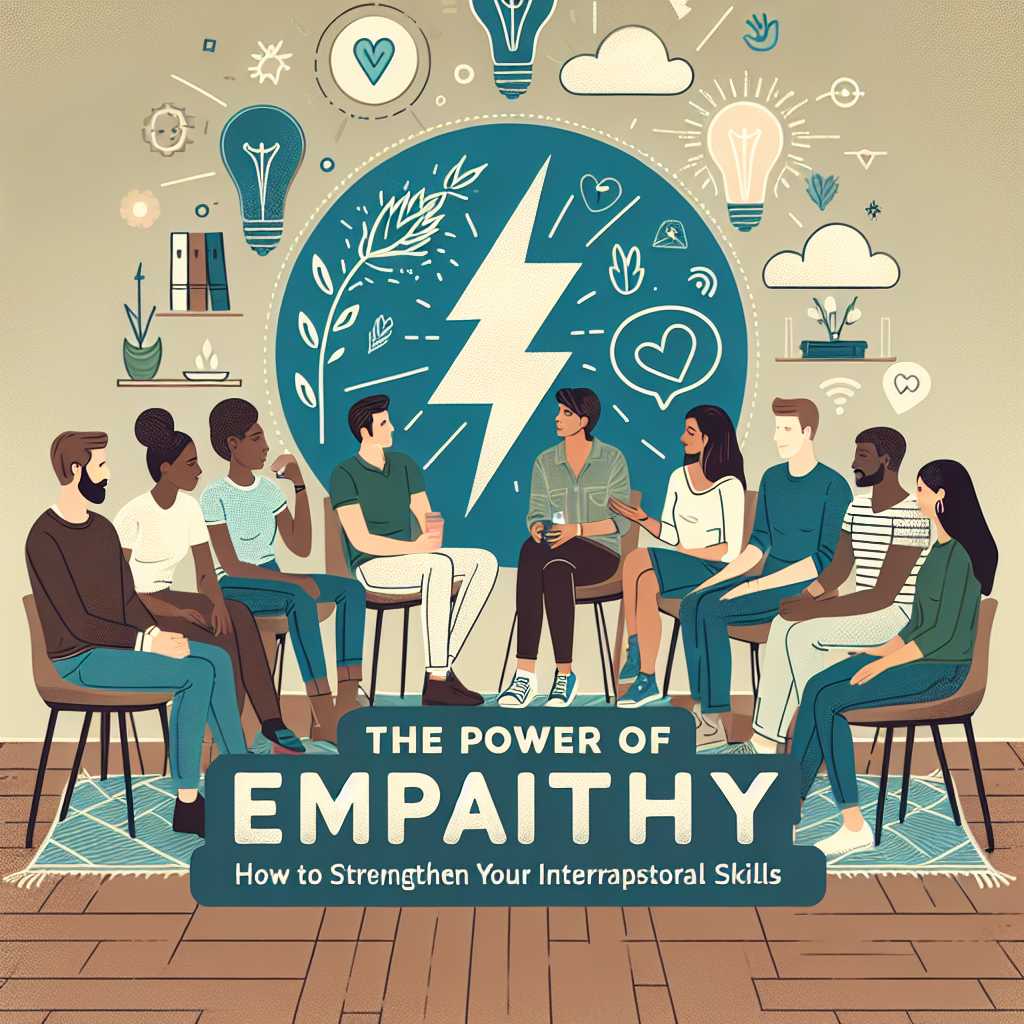In today’s fast-paced world, the ability to multitask has become a valuable skill. With numerous responsibilities and tasks to juggle, mastering the art of multitasking can help individuals become more efficient and productive. However, multitasking is not as simple as it may seem. It requires careful planning, organization, and proper strategies to ensure that all tasks are completed successfully. In this article, we will discuss the importance of multitasking, along with some effective strategies for efficiently juggling tasks.
Why is Multitasking Important?
Multitasking is essential in today’s society where individuals are constantly bombarded with various tasks and responsibilities. Being able to multitask allows individuals to handle multiple tasks simultaneously, saving time and increasing productivity. It also helps in reducing stress and improving time management skills. In the workplace, multitasking is often necessary to meet deadlines and manage multiple projects at once.
Effective Strategies for Multitasking:
1. Prioritize Tasks:
The first step in mastering the art of multitasking is to prioritize tasks. Identify the most important and urgent tasks that need to be completed first. Make a list of all the tasks you need to accomplish and rank them in order of importance. This will help you focus on the most critical tasks and ensure that they are completed on time.
2. Set Clear Goals:
Setting clear goals for each task can help you stay focused and organized. Clearly define what needs to be accomplished and set specific deadlines for each task. This will help you track your progress and ensure that you are on track to meet your goals.
3. Use Time Management Tools:
There are various time management tools available that can help you stay organized and on track with your tasks. Use tools like calendars, to-do lists, and task management apps to schedule your tasks and allocate time for each one. This will help you prioritize your tasks and ensure that you are allocating enough time to each one.
4. Group Similar Tasks Together:
Grouping similar tasks together can help you save time and stay focused. For example, if you have several emails to respond to, set aside a specific time to address them all at once. This will help you stay in a specific mindset and complete tasks more efficiently.
5. Eliminate Distractions:
Minimizing distractions is essential when multitasking. Turn off notifications on your phone, close unnecessary tabs on your computer, and find a quiet workspace where you can focus on your tasks. By eliminating distractions, you can improve your concentration and productivity.
6. Take Breaks:
It is essential to take breaks while multitasking to avoid burnout and maintain focus. Schedule short breaks between tasks to recharge and refresh your mind. Use this time to relax, stretch, or take a quick walk to clear your head before moving on to the next task.
7. Delegate Tasks:
When possible, delegate tasks to others to lighten your workload. Identify tasks that can be passed on to colleagues or team members and empower them to help you complete them. Delegating tasks can free up time for you to focus on more critical responsibilities.
FAQs:
Q: Is multitasking an effective way to increase productivity?
A: Multitasking can be an effective way to increase productivity if done correctly. By prioritizing tasks, setting clear goals, and eliminating distractions, individuals can efficiently juggle multiple tasks and improve their overall productivity.
Q: Can multitasking lead to burnout?
A: Yes, multitasking can lead to burnout if not managed properly. It is essential to take breaks, delegate tasks, and prioritize self-care to avoid burnout while multitasking.
Q: How can I improve my multitasking skills?
A: To improve your multitasking skills, practice prioritizing tasks, setting clear goals, and utilizing time management tools. By practicing these strategies regularly, you can become more efficient at juggling tasks and managing your time effectively.
Conclusion:
Mastering the art of multitasking requires careful planning, organization, and effective strategies. By prioritizing tasks, setting clear goals, and eliminating distractions, individuals can efficiently juggle multiple tasks and improve their productivity. With practice and determination, anyone can become proficient at multitasking and successfully manage their responsibilities. By following the strategies outlined in this article, individuals can master the art of multitasking and achieve their goals efficiently.





Leave A Comment